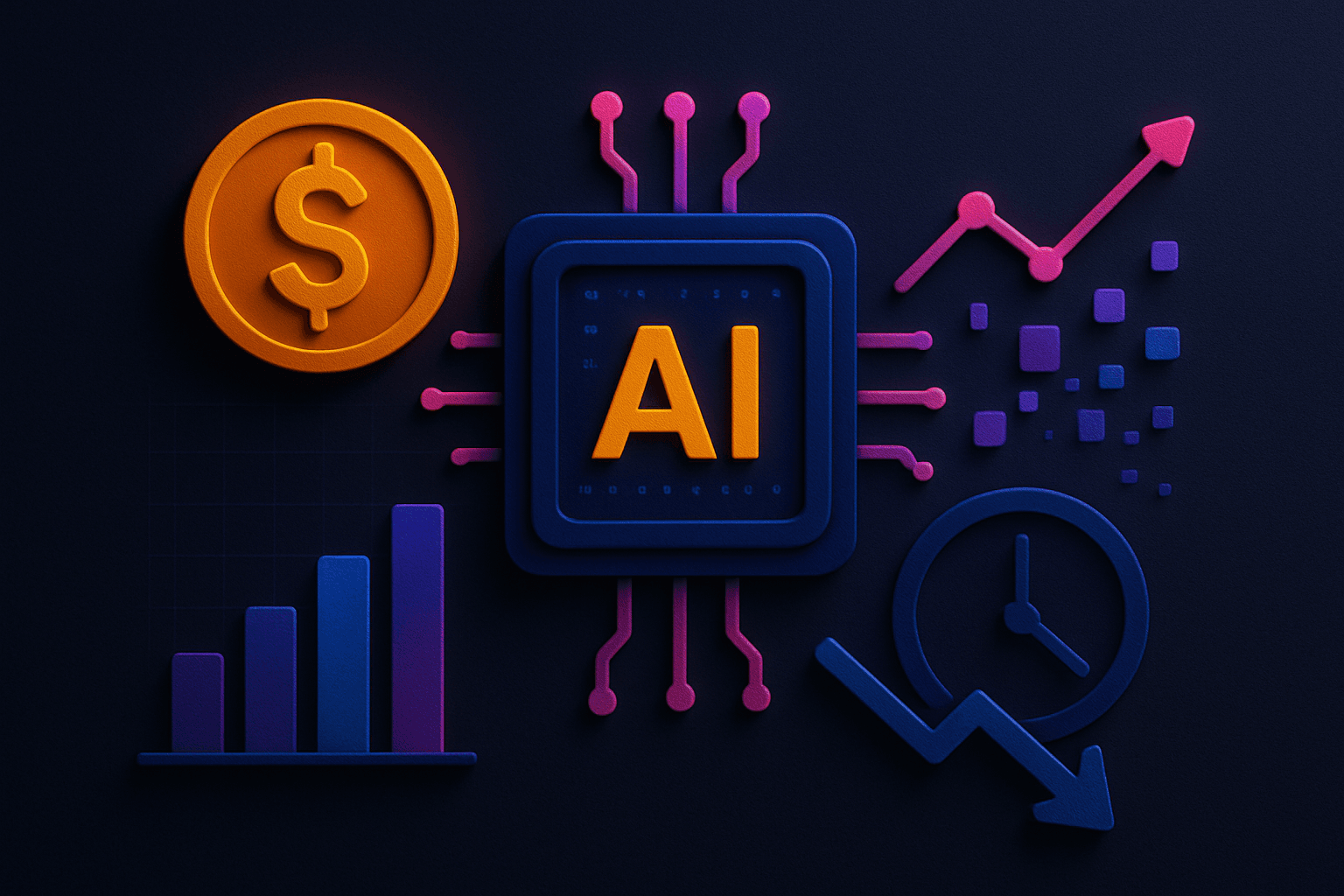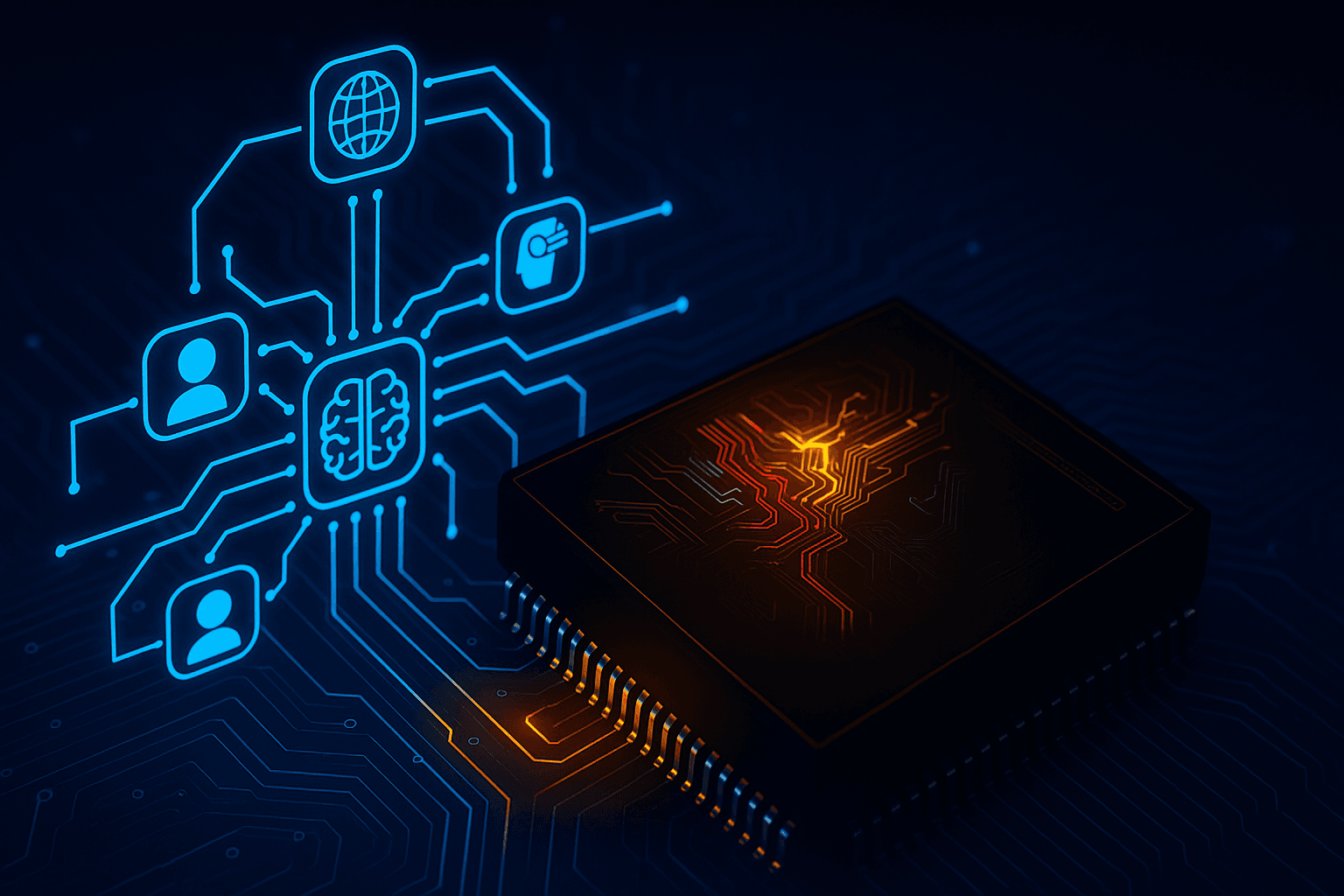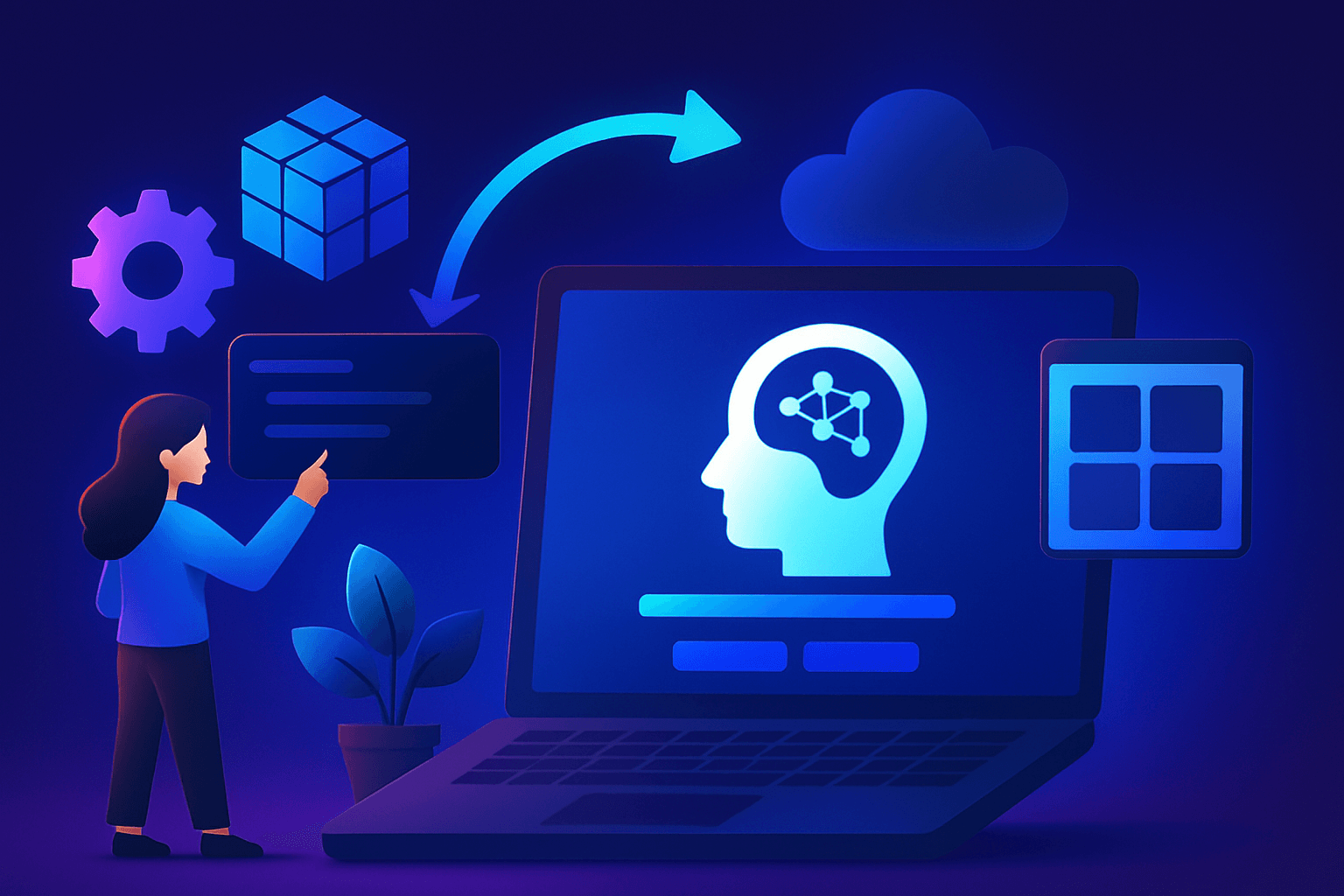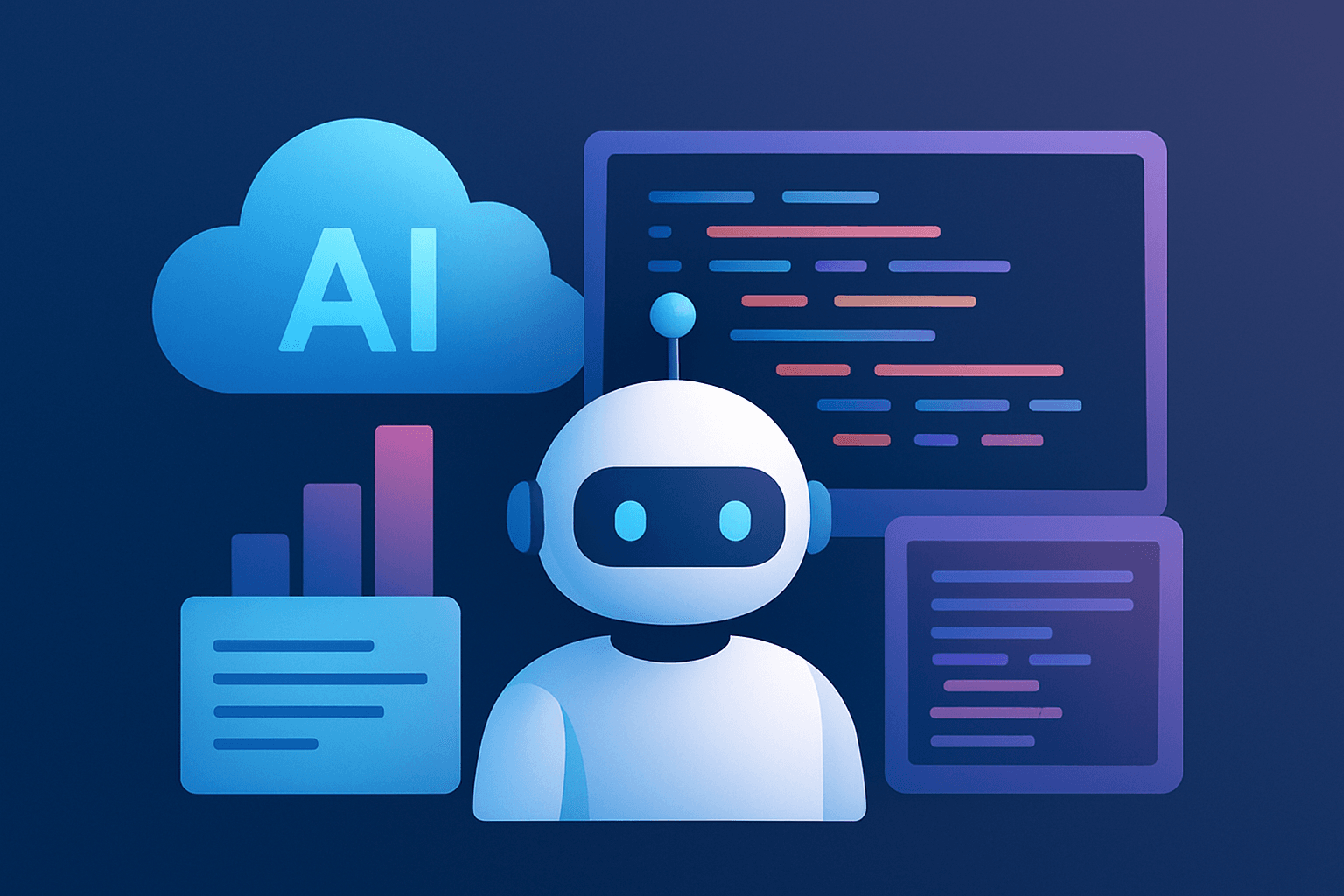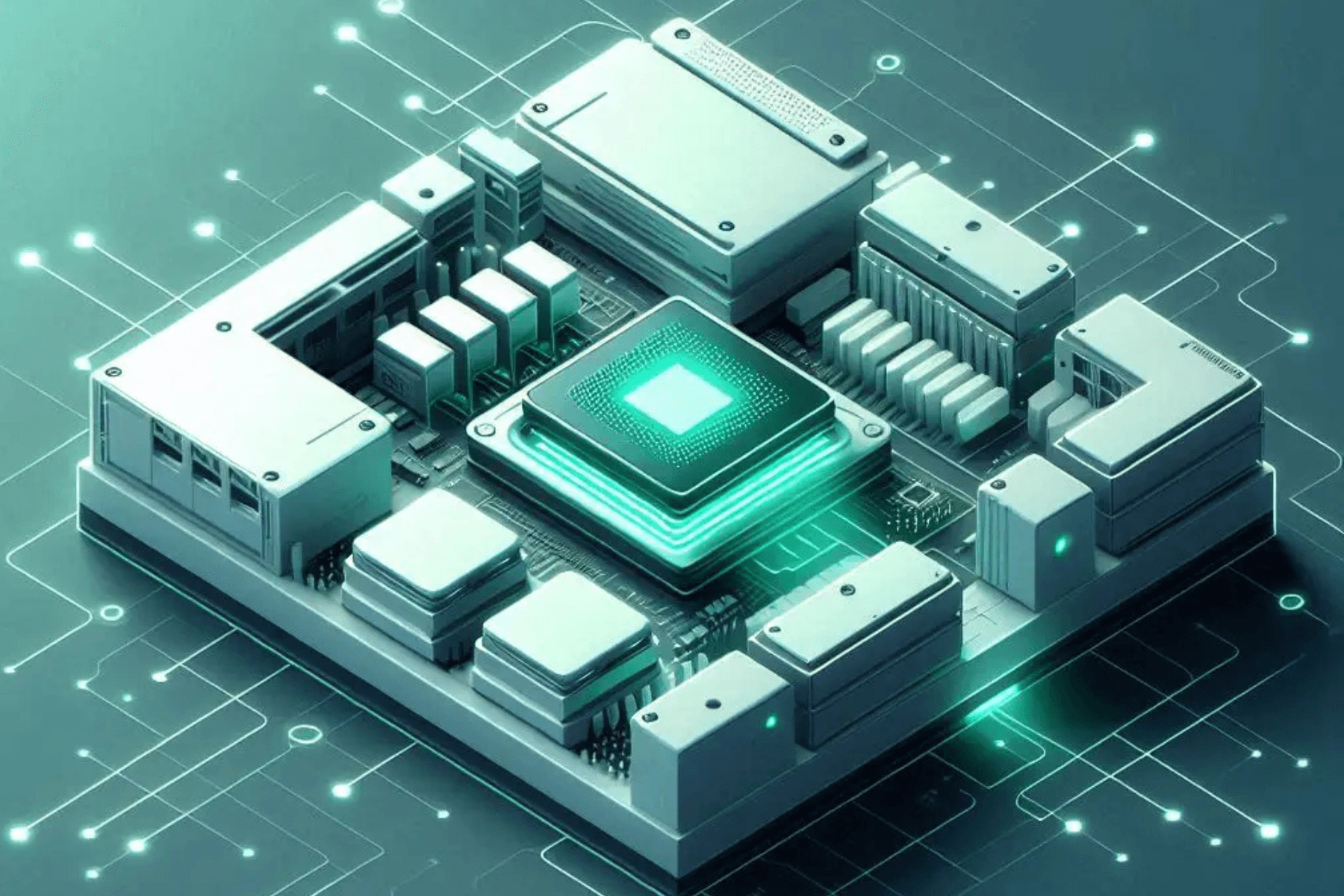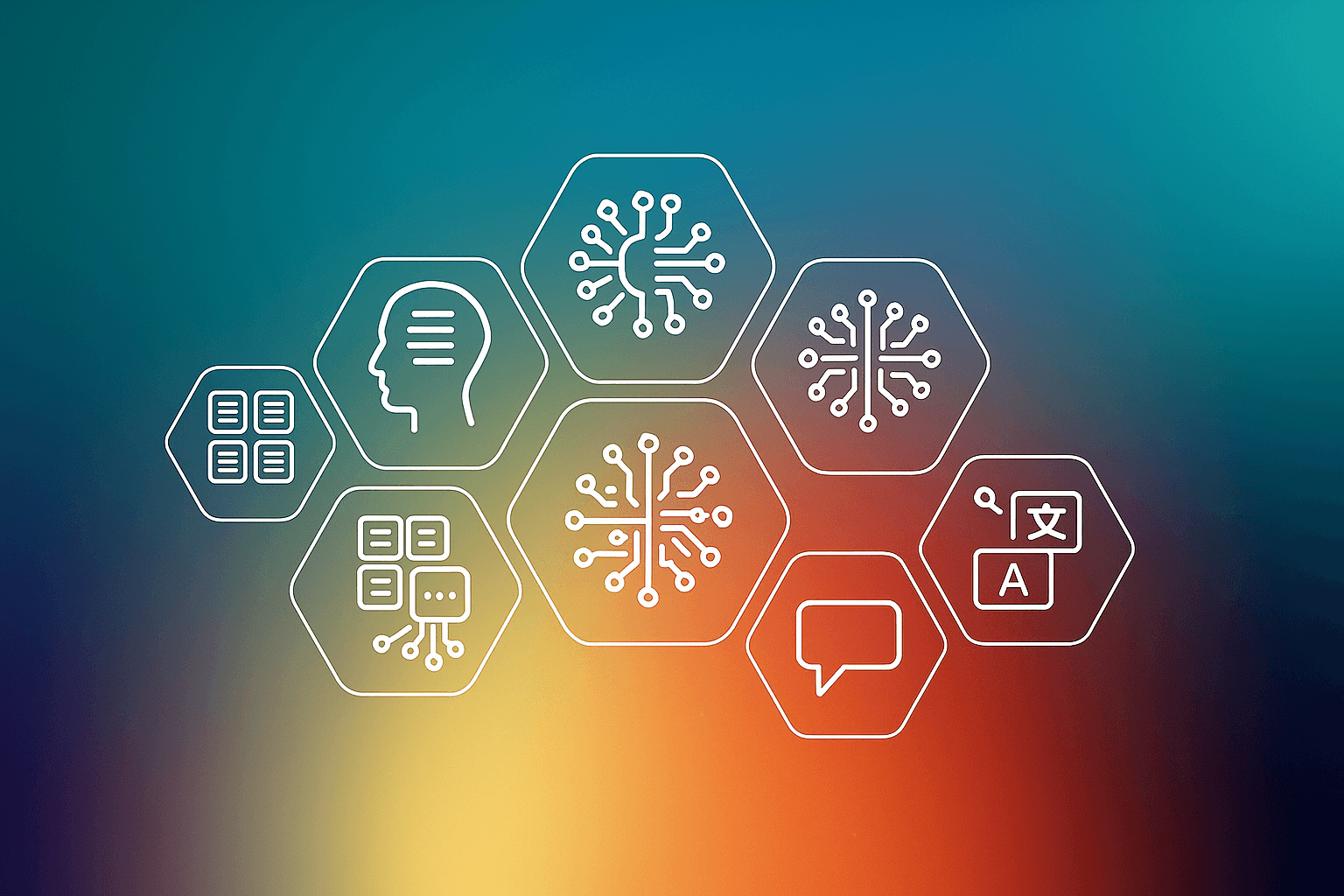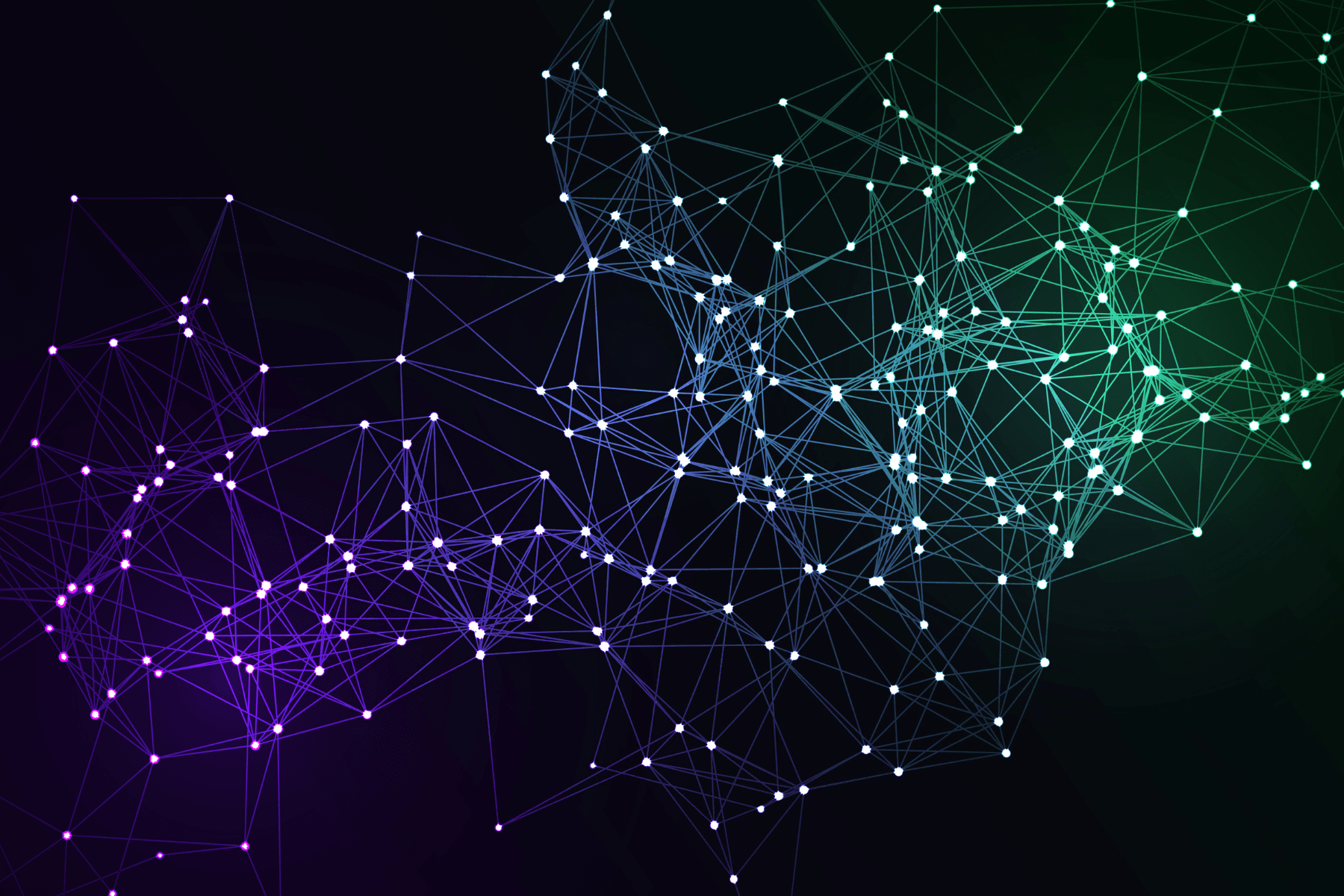It’s interesting that we talk about the metaverse frequently and there is a lot to build there obviously but AI in the past couple of years has started another level of creative diffusion and we are making incredible art & images. We are creating stuff like videos and the implications are really staggering because of that.
What does it mean to have AI as a creator?
Have you ever thought how mystical it is about artificial intelligence when technological growth is insanely rising? AI today is not only creating videos, it is curing diseases like cancer, shifting from interpreting existing data to generating novel content at scale.
AI is effecting following areas at a different level:
– Unsupervised Learning: Removing the barriers to labeled and segregated data used by conventional AI models. Advanced AI algorithms are now trained via real data without any structure & human involvement.
– Transformers: Recurrent neural networks, RNNs perform data processing sequentially. They may be put in place of Transformers in the coming future.
– Neural Network Compression: Deep learning models are usually huge and it becomes important to reduce them. Compressing them would make the neural networks work efficient as they will become smaller and easy to use.
What are GANs?
GAN or generative adversarial networks puts two AI models off against each other. Most machine learning models are used to generate a prediction.

- It gets started with some input training data which we feed into the model.
- A model then makes a prediction in the form of output and we can compare the predicted output with the expected output from the training data set and then based upon that expected output and the actual predicted output, we can figure out how we should update our model to create better outputs.
- It is an example of supervised learning. A GAN is an example of unsupervised learning, it effectively supervises itself, and it consists of two submodels. One is a generator submodel & other is a discriminator submodel.
- Now, the generator’s job is to create fake inputs or fake samples and the discriminator's job is to take a given sample & figure out if it is a fake sample or if it’s the real sample from the domain and therein lies the adversarial nature of this.
- We have a generator creating fake samples and sending them to a discriminator. The discriminator is taking a look at the given sample and figuring out “Is this the fake sample from the generator?” or “Is this a real sample from the domain set”?. Now, this sort of scenario is often applied in image generation. There are images all over the internet of generators that have been used to create fake 3D models, fake faces, fake cats and so forth. So this really works by the generator iterating through a number of different cycles for creating samples, updating its model & so forth until it can create a sample that is so convincing that it can fool a discriminator and also fool us.
Example 1: A flower, we are going to train a generator to create really convincing fake flowers. We can start doing this, we will train our discriminator model to recognize what a picture of a flower looks like.
So, our domain is “lots of pictures of flowers” and we will be feeding this into our discriminator model telling it to look at all attributes that makeup those flower images. Take a look at the colors, the shading, the shapes and so forth.
And when our discriminator gets good at recognizing real flowers, then we will feed in some shapes that are not flowers at all & make sure that it can discriminate those as-being not flowers. Now, this whole time our generator here was frozen, it wasn’t doing anything but our discriminator is now good at recognizing things from our domain, then we apply our generator to start creating fake versions of those things.
So, a generator is going to take a random input vector and it is going to use that to create its own fake flower. Now, this fake flower image is sent to the discriminator & the discriminator has a decision to make: “Is that image of a flower, the real thing from the domain or is it a fake from the generator? Now, The answer is revealed to both the generator and discriminator. The flower was fake and based upon that, the discriminator & generator will change their behavior. It will declare the winner & loser, the winner has to remain blissfully unchanged whereas the loser has to update its model. This is how a generative adversarial network directs the process to choose one thing amongst various options in machine learning.
Example 2: What happens when we can actually use deep nuts to compose a whole paragraph and we may give you an interface that may give you a few suggestions but suggestion actually is multiple sentences so this becomes optimal in the form of AI. The software generating the content from google or the dedicated apps are far better than what we can do by ourselves manually.
A generative adversarial network is a class of machine learning frameworks for training generative models. Generative models create new data instances that resemble the training data.
What is Generative AI?
Artificial Intelligence has endowed us with limitless possibilities from intelligent marketing to fraud prevention & 24*7 customer support. AI has transformed every aspect of businesses and lives. Today, it can also enable machines to use textual or visual data to create new content via Generative AI.
Generative AI refers to the advancement of artificial intelligence-enabled machines to use existing text, audio files, or images to create new content. It has a workflow that runs on algorithms & identifies the underlying pattern of an input to generate similar content.
Benefits of Generative AI
- Improved quality of outputs
- Lower risks
- Reduced bias
- Localization of content
- Comprehend abstract concepts
Applications of Generative AI
- Protection of Identity: Generative AI helps to maintain the anonymity of individuals through avatars. It helps organizations maintain unbiased recruitment processes and researchers to provide results that have no unethical favor, which is neutral in terms of judgment.
- Processed Images: Intelligent processing of low-resolution images to create clearer and more detailed images is the result of great tech upgrades in AI. The process helps in the restoration of old images and old movies.
- Audio Synthesis: Generative AI goes hand in hand with NLP, natural language processing. It can copy human voice and regenerate it following the specifications. This computer-generated voice is useful for creating video voice over, narrations, and other audible solutions for organizations.
- Client Segmentation: Generative AI helps to segment target groups for your marketing campaigns. It studies your data to predict their response to your promotions and advertisements. It can drive customer based relationships and push them to sustain as loyal customers in the brand forever.
So, this is how generative AI is making a great change to envision artificial intelligence in the coming years. Do you want to explore the subfields of AI like machine learning, deep learning, neural networks etc. Check our blogs here: https://www.e2enetworks.com/blog
